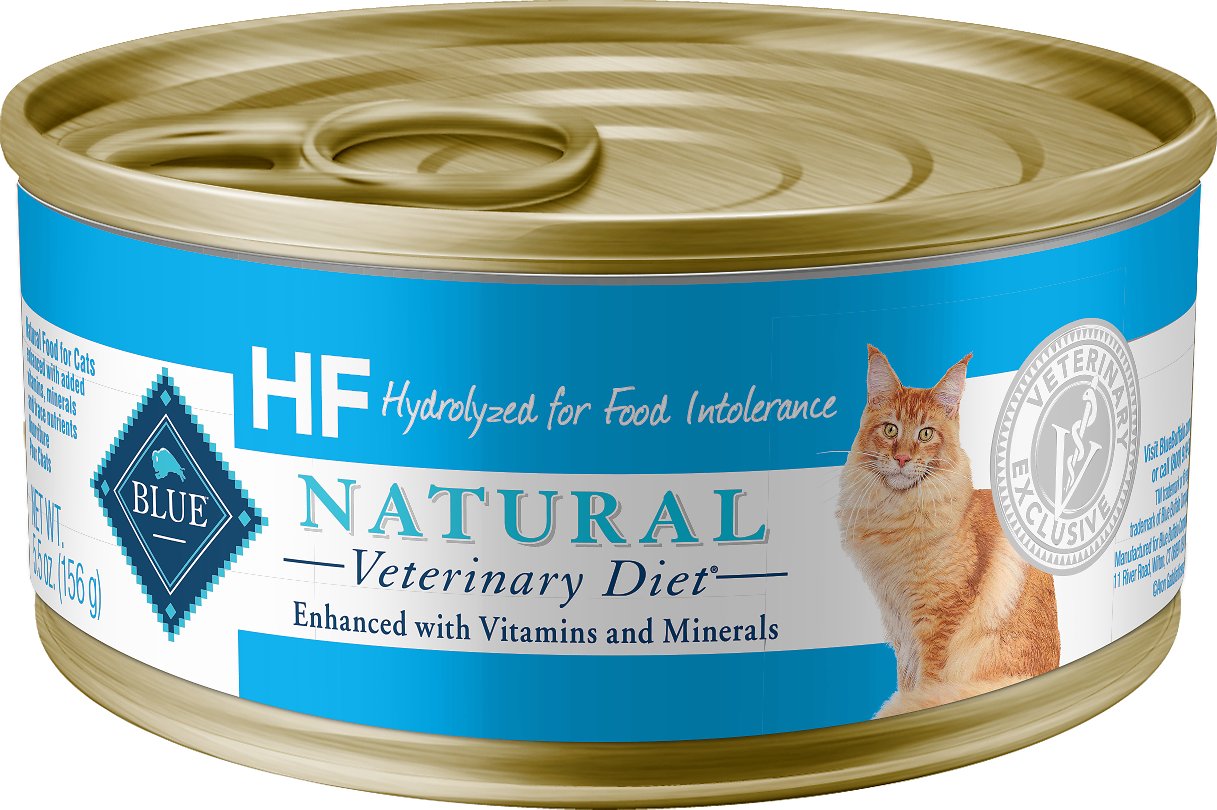
Natural Cat Nutrition Guide | Know the Basic of Natural Cat Nutrition
Contents
Natural Cat Nutrition Guide
From organic kibble and canned food to commercial raw diets and even homemade meals, cat lovers have more and better options for feeding their pets than ever before. People who select healthy food for themselves want the same choices for their cats, and pet food manufacturers have responded with gusto, creating diets that are labeled natural, organic or human-grade.
But it’s not always easy to interpret cat food labels. What do the terms natural, organic and human-grade mean? Is raw or homemade better? Here’s what you need to know about natural foods for your cat.
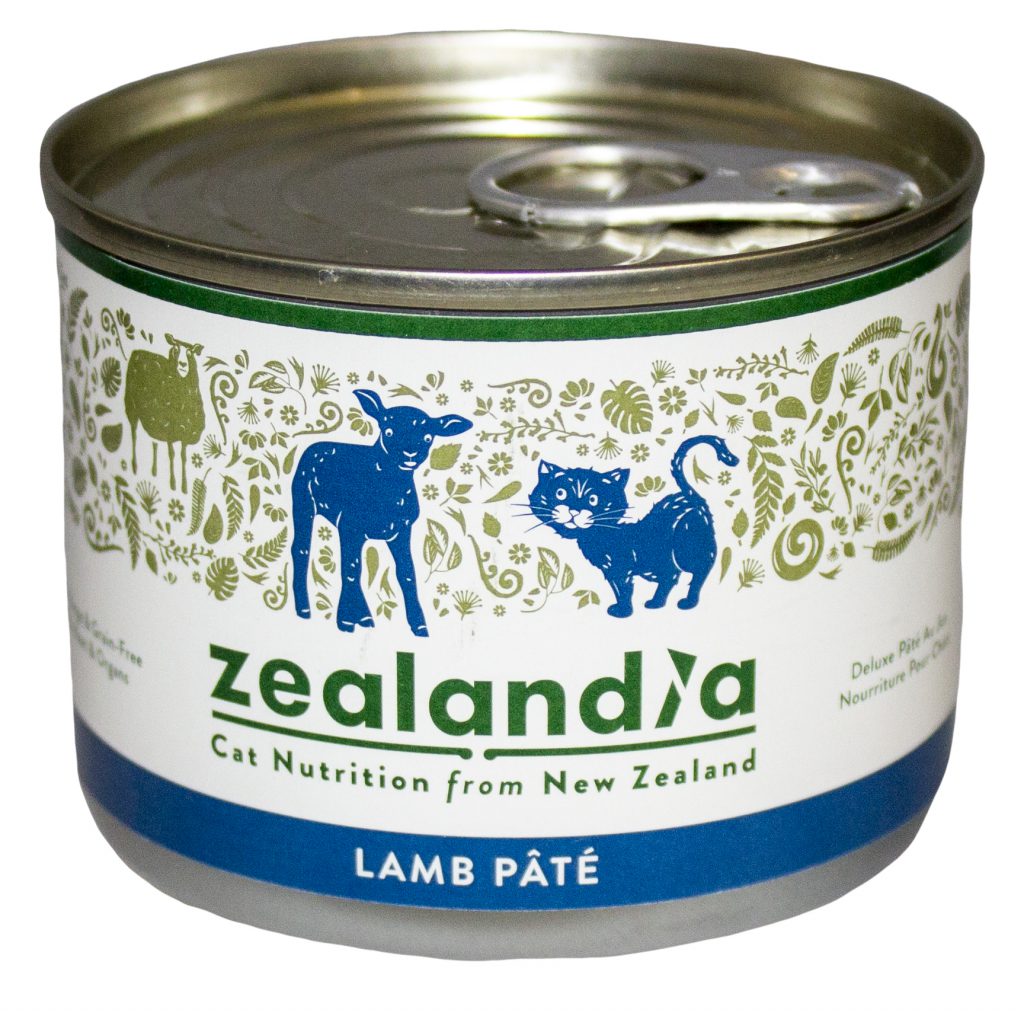
Reading the Label of cat nutrition
The idea of feeding foods described as organic, natural or human-grade is attractive to cat owners. Who wouldn’t want to give a beloved pet the best? Whether those terms mean that food is better, however, is not always clear.
According to the website of the U. S. Food and Drug Administration, the term “natural” does not have an official definition. It considers the term natural to mean that food does not contain artificial flavors, artificial colors or artificial preservatives.
The Association of American Feed Control Officials — an advisory body of state and federal feed regulators that develops nutrient standards and ingredient definitions for pet foods — defines “natural” as a food or ingredient derived solely from plant, animal or mined sources. Natural ingredients may not be produced by or subject to a chemically synthetic process. Foods labeled natural may not contain any additives or processing aids that are chemically synthetic, except in amounts that might occur unavoidably during manufacture. According to AAFCO, the term natural should be used only to describe products as a whole when all of the ingredients — except for chemically synthesized vitamins, minerals, and other trace nutrients — meet this definition.
The term “organic” refers to the conditions under which plants were grown or animals were raised. The FDA does not have any official rules governing the labeling of organic foods for pets or people, but the United States Department of Agriculture is in the process of developing regulations for organic labeling of pet foods, says board-certified veterinary nutritionist Sally C. Perea, who is a co-owner of Davis Veterinary Medical Consulting in Davis, Calif., and senior nutritionist for Natura Pet Products.
The USDA’s proposed regulatory changes include requiring a minimum of 70 percent organic ingredients for use of the claim “made with organic” and at least 95 percent organic content for use of the claim “organic.” Products labeled with the term “organic” may not include ingredients that are genetically engineered or produced using sludge or irradiation, or that contain certain synthetic substances. Nor can they contain sulfites, nitrates or nitrites, or organic and nonorganic forms of the same ingredients. Products labeled organic cannot contain nonorganic ingredients if organic sources are available.
Because these recommendations, which were made in 2006, have not yet been adopted, pet foods that claim to be organic may or may not meet those requirements.
Do organic foods have health benefits? It’s certainly possible, but it’s not something that scientific studies have proven yet.
“Organic foods eliminate the use of pesticides, which may have positive environmental benefits as well as potentially healthy benefits,” Perea says. “However, there is very little research to demonstrate that organic foods are nutritionally superior, so this is still an area that requires further research.”
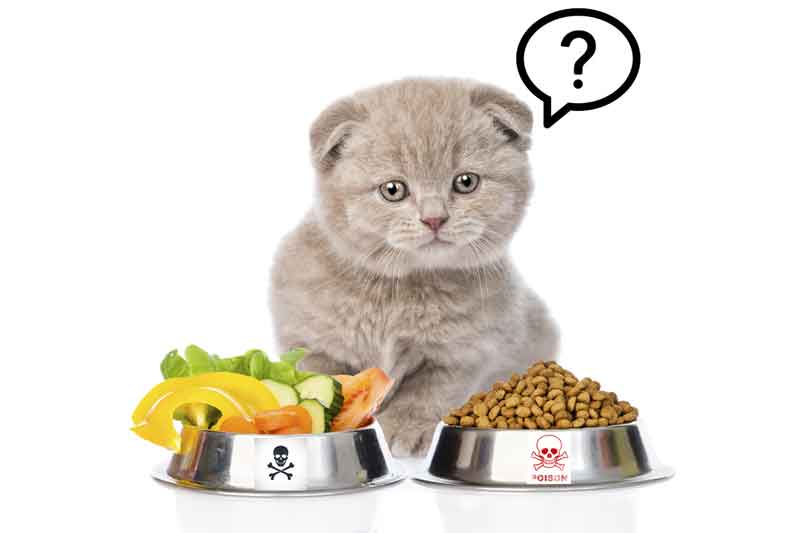
And while feeding an organic diet can’t hurt, it’s no guarantee against contamination. Although organic foods can be expected to be free of pesticides or other chemicals, some toxins occur naturally.
One of the newer phrases used to describe pet food is “human-grade.” That sounds great, but just as beauty is in the eye of the beholder, the meaning of “human-grade” depends on whom you ask.
The terms “human-grade,” “human-quality” or similar descriptions are not defined in either feed regulations or human food regulations, says Dave Syverson, a spokesman for AAFCO. “It is essentially a made-up term that has no legal definition or standing.”
Jean Hofve, a veterinarian in Jamestown, Colo., who was an official liaison to AAFCO for two years and follows industry developments, says that claims of “human-grade” or “USDA-inspected” do not guarantee any official sanction or oversight of the production of those ingredients.
Human-grade means that a food is edible for people, says FDA spokeswoman Laura Alvey.
Technically, only foods that are produced in USDA-inspected plants for human foods qualify as “human-grade.” Any pet food made in a pet-food facility — even if it’s made with the very same ingredients you would find in a fine restaurant or upscale grocery store — is not considered human-grade.
“Some manufacturers may be able to comply with the human-edible standard; however, most do not,” Syverson says.
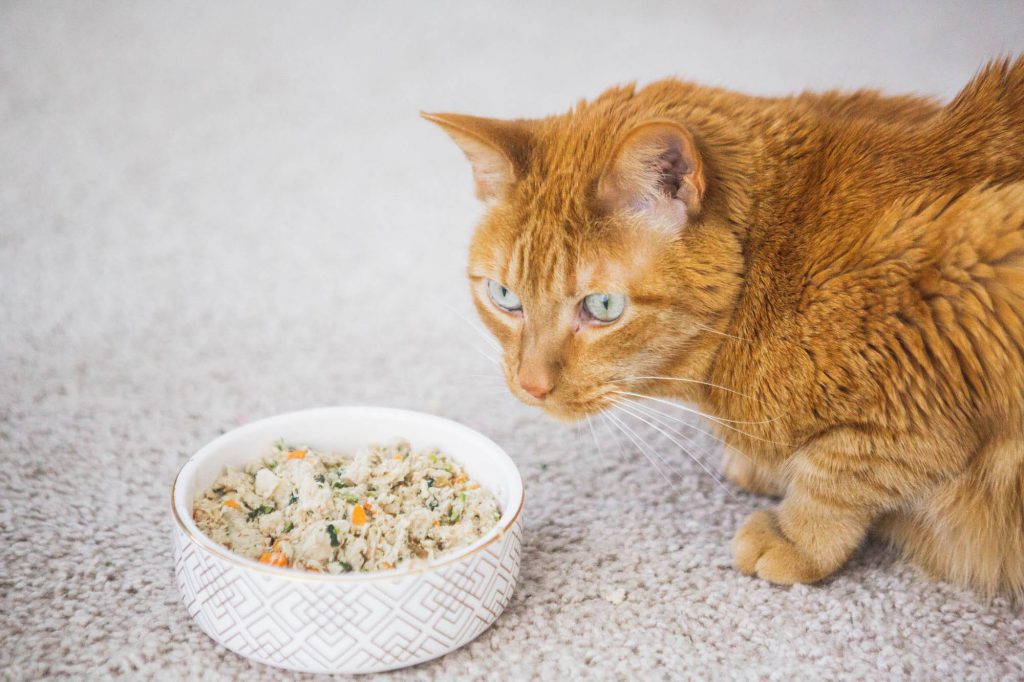
Cat Nutrition – Homemade and Raw Diets
Homemade diets appeal to cat owners who want to know exactly what goes into their pet’s food and how it was handled. That control over ingredients is probably the No. 1 benefit of creating a portion of homemade food for cats, Perea says.
“This helps to eliminate the questions the owner may have regarding the sourcing of the ingredients and allows the owner to select organic or human-grade foods,” she says.
On the flip side, making cat food is time-consuming, and owners run the risk of creating a diet that isn’t nutritionally balanced. That can occur if you use a poorly constructed recipe, use the same ingredients all the time or fail to include necessary supplements. To avoid making mistakes, seek the advice of a veterinary nutritionist or a holistic veterinarian with an interest in cat nutrition.
“It is crucial to do enough research so you understand how and what to feed and why,” Hofve says. “A bad homemade diet is far more dangerous than poor-quality commercial food. It must be done right.”
Some cat nutrition & foods are not only homemade, but they’re also raw. For the past 10 years or more, cat owners have been intrigued by the idea of feeding their cats the same thing they would eat in the wild: raw meat. Proponents say that it is a healthier way to feed cats because of the presence of natural enzymes and life rather than the processed quality of the food.
Cats are indeed obligate carnivores, meaning they must have meat in their diets to survive. But meat alone isn’t a complete diet for a cat. In the wild, cats eat their prey whole, guts and all, so their natural diet includes such things as the stomach contents of herbivores — animals that eat grasses and other plant materials.
Do raw or homemade diets have drawbacks? Many veterinarians caution that bacteria can contaminate raw meat, causing illness in people and pets.
Whether you’re making meatloaf for your family or a raw diet for your cat nutrition, safe food handling practices are paramount. Wash your hands with hot water and soap after handling raw meat, and wash your cat’s dishes in hot, soapy water after every meal.
“The contamination issue is the most common argument against raw diets,” Hofve says. “However, healthy cats are relatively resistant to most food-borne bacteria and very rarely become ill from them.”
Sick cats are another matter. Their immune systems may not be strong enough to deal with food-borne bacteria. Be cautious when switching them to a raw diet, Hofve warns.
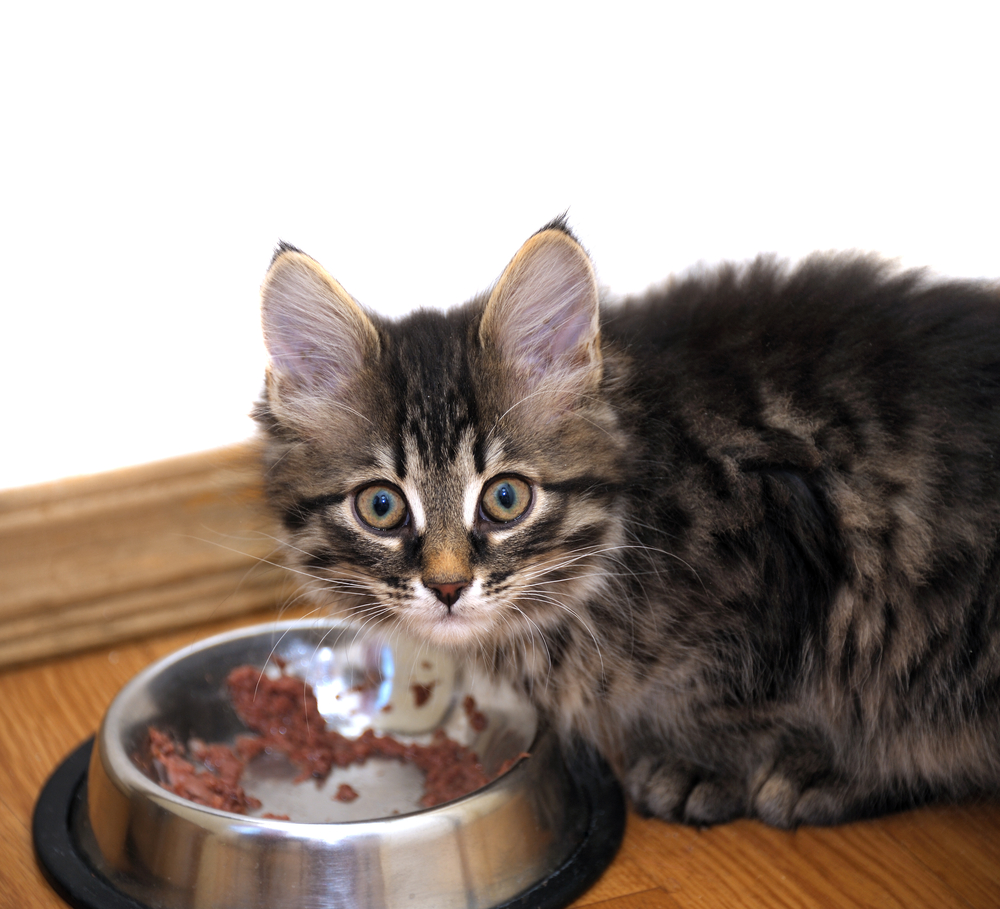
Some cat nutrition raw meat might contain parasites.
“When feeding raw, it’s a good idea to have your pet’s stool checked periodically and treat for parasites if necessary,” Hofve says. “Feeding organic meat may help minimize contamination, and freezing can eliminate some parasites, although not bacteria.”
If you like the idea of feeding a raw diet but want to make sure that your cat gets all the cat nutrition she needs, you can purchase a dehydrated or frozen raw diet at your pet supply store. Look for one that meets AAFCO testing and formulation standards and is labeled as a complete and balanced diet for cats. There are also products you can add to plain raw meat to create a balanced diet, eliminating the hassle of buying and dealing with multiple supplements, Hofve says.
Will a natural diet of any kind ensure your cat’s health & Cat Nutrition? Natural products have pluses, but no pet food manufacturer is exempt from human error or just plain bad luck, and good health is the result of many factors, including genetics and regular veterinary care. But we know that high-quality foods, freshness, and variety are important for people, and it can’t hurt to provide them for our cats as well.
